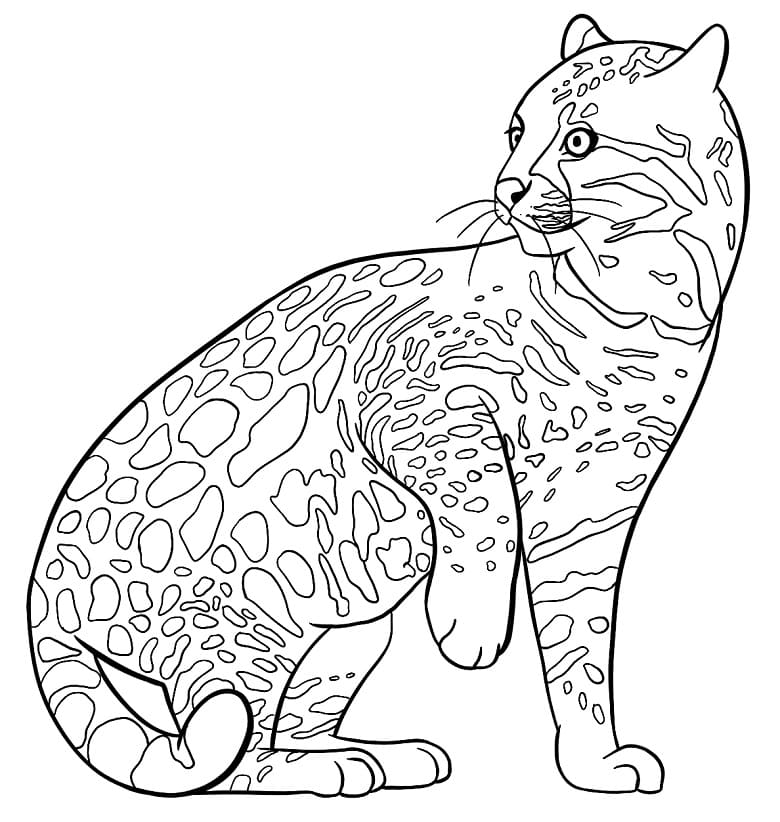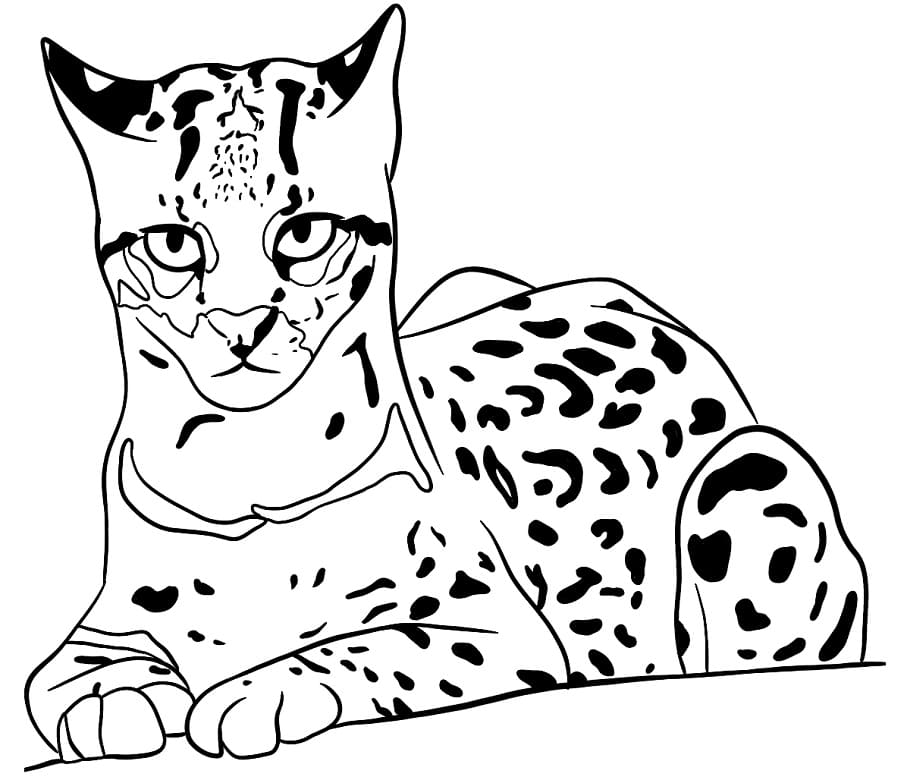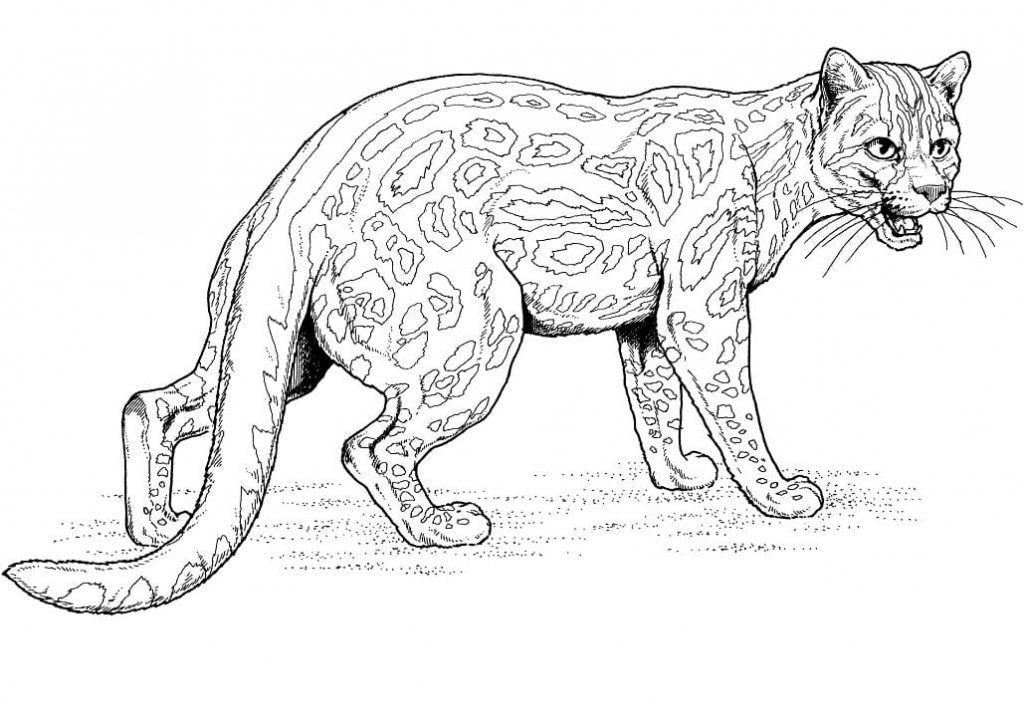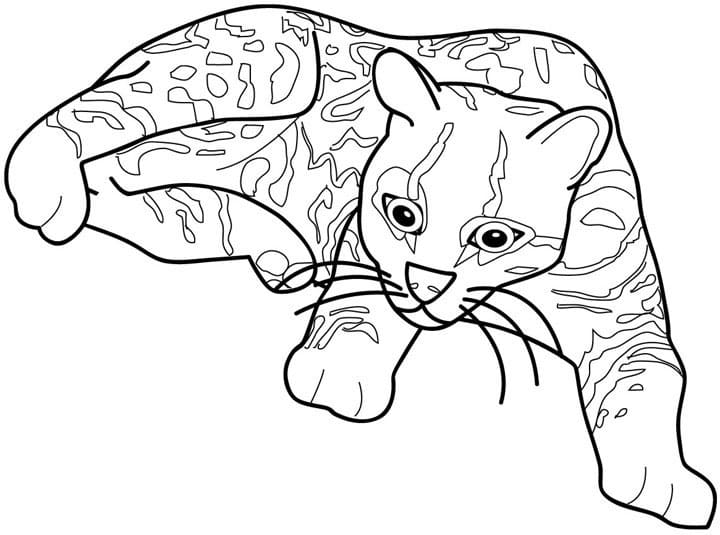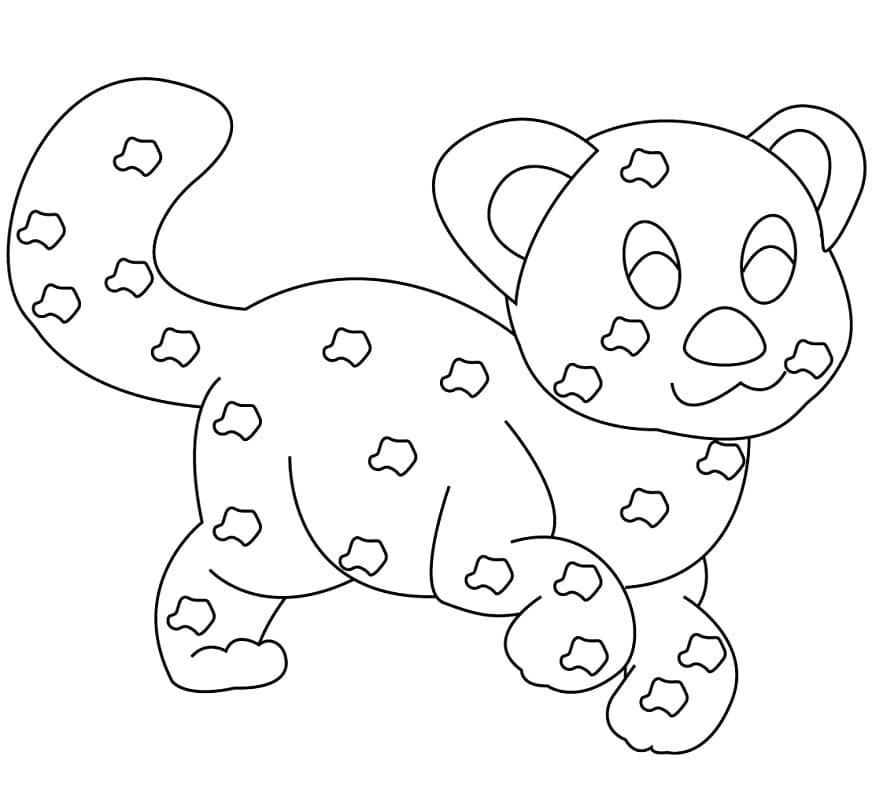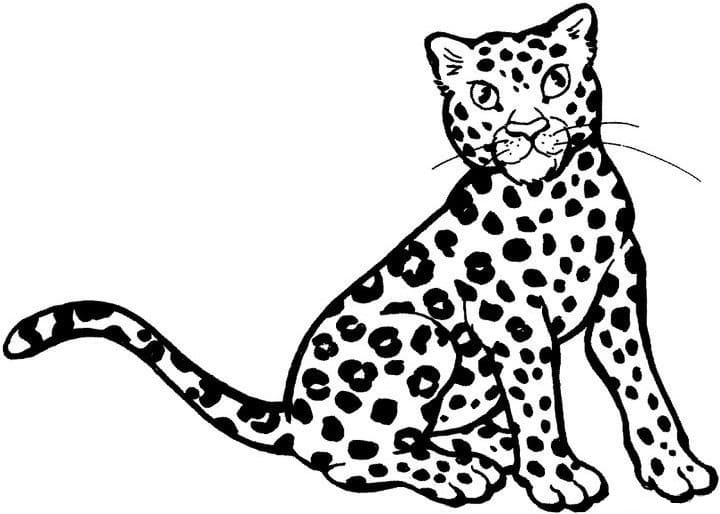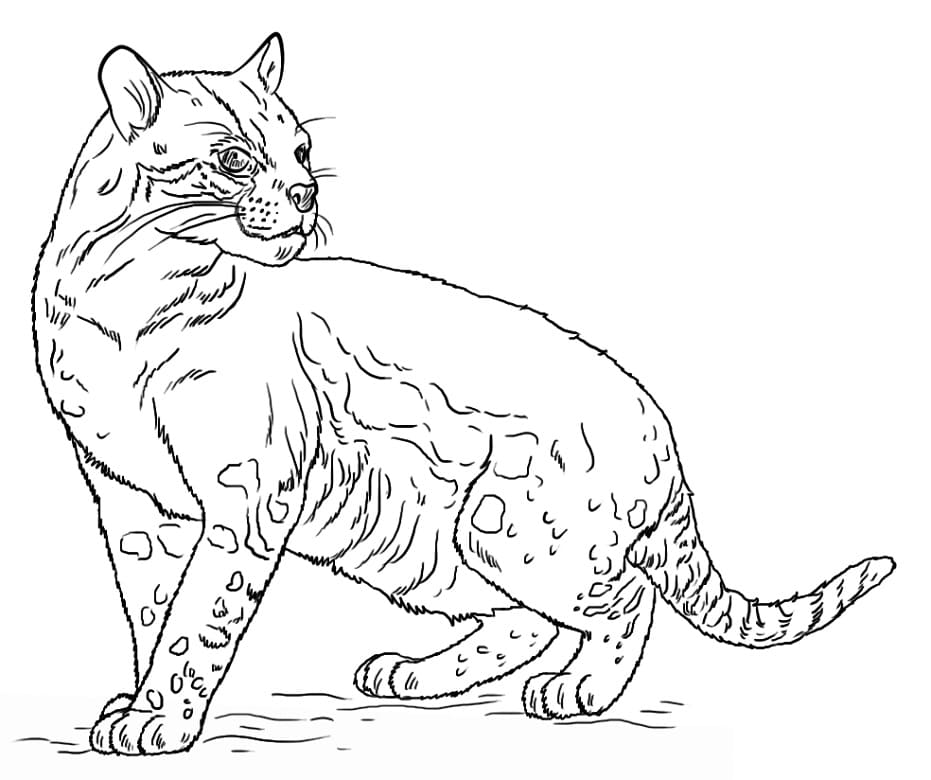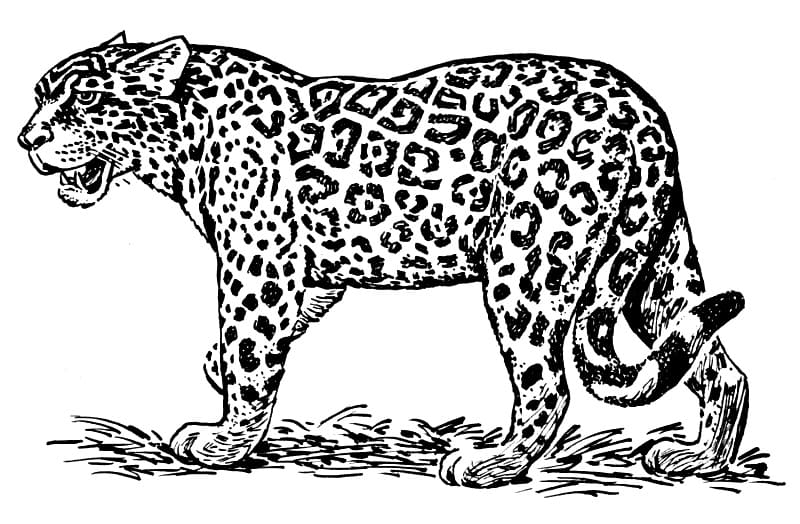The ocelot (Leopardus pardalis) is a small wild cat found in areas from the southern border of the United States to northern Argentina. The species is known for its beautiful fur, which was once coveted by fur traders.
Ocelot - interesting facts and information
- Appearance: Ocelots are larger than the typical domestic cat, but are among the smaller big cats, reaching between 55 and 100 cm in length, excluding the tail, which can add an additional 30-45 cm. They have a slender body with short legs and a long tail that helps them keep their balance when climbing trees. The fur of ocelots is usually golden brown with dark spots and stripes.
- Diet: Ocelots are predators that hunt mainly at night. Their diet consists primarily of small mammals like rodents and small monkeys, but they can also hunt birds, lizards and fish.
- Behavior: Ocelots are loners that mark out and defend their territories. They are nocturnal animals that spend most of the day sleeping in dense bushes or trees.
- Reproduction: Female ocelots give birth to one to three young after about 80-85 days of gestation. Young ocelots stay with their mother for about two years before they start living independently.
- Distribution and habitat: Ocelots live in a variety of habitats, from rainforests to savannas to grasslands. Although they are diverse in their environments, they prefer densely vegetated areas where they can easily hide.
- Threats: The main threats to the ocelot are habitat loss due to deforestation and the fur trade. Although the ocelot fur trade is now internationally banned, there is still demand on the black market.
Ocelots are a valuable part of their ecosystems as predators that control populations of rodents and other small animals. They are protected under a number of international agreements and treaties, and their populations are monitored by wildlife conservation organizations.


